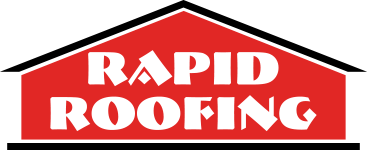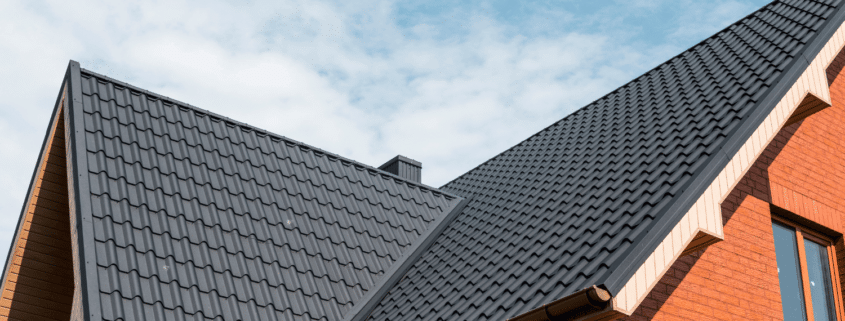Discover the Most Expensive Roof Material for Your Next Upgrade
Slate is the most expensive roof material available. Its high cost is due to its durability and aesthetic appeal. This article explains why slate is costly, its benefits, and if it’s worth investing in for your home.
Key Takeaways
-
Understanding the costs and factors influencing roofing materials is essential for homeowners considering roof replacement, including durability, installation complexity, and market demand.
-
Slate roofs are the most expensive roofing option, offering exceptional durability and aesthetic appeal but requiring specialized installation, which increases overall costs.
-
Investing in high-end roofing materials not only enhances a home’s market value but also provides long-term savings through durability and reduced maintenance needs.
Understanding Roofing Material Costs
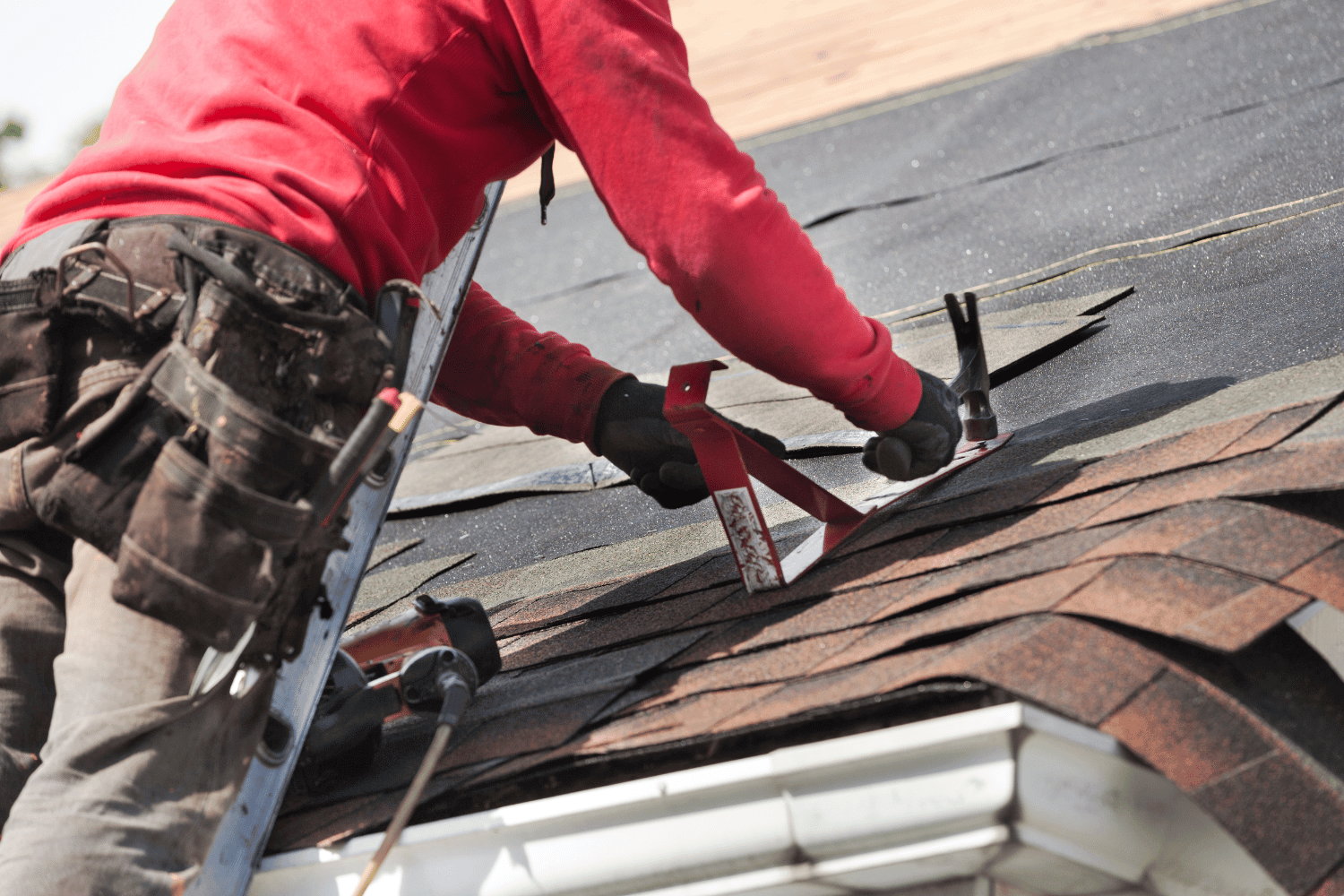
When it comes to roofing materials, the choices are vast and varied, each with its own set of advantages and price points. Understanding these costs is crucial for any homeowner considering a roof replacement. Prices for roofing materials are influenced by several factors, including durability, weight, and installation requirements. Researching different types of roofing materials and contractor recommendations helps in making informed choices. The appearance, longevity, price, and potential structural issues of materials should be carefully considered.
Replacing a roof is a significant investment that can span several days and requires a well-informed approach to avoid exceeding your budget. Roofing material prices vary greatly depending on the material chosen for the project. Weighing the longevity of materials can help avoid future replacements and additional costs.
Factors Influencing Roofing Material Prices
Various factors can influence roofing material prices. Market demand and material availability play a significant role in price fluctuations. Additionally, the size of the roof directly impacts both material and labor costs. Larger roofs naturally require more materials and longer installation times, leading to higher costs.
Other factors include the complexity of the installation, material quality, and labor costs. For example, the location of your property can affect roof replacement costs due to varying labor rates and material availability.
The size of the roof and the selected materials primarily influence the overall price.
Comparing Roofing Materials by Cost
Examining the costs associated with different roofing materials reveals their range and affordability. Asphalt shingles are the most commonly chosen roofing material in the U.S., primarily due to their affordability, with prices ranging from $1 to $4 per square foot. A basic 3-tab asphalt shingle roof costs around $3.68 per square foot, while luxury asphalt shingles can go up to $7.50 per square foot for more complex structures. If you are looking for the cheapest roofing materials, asphalt shingles are a great option.
On the higher end, metal roofing can last up to 80 years and offers its own unique cost per square foot. Copper roofing, in particular, can reach costs of up to $20 per square foot. Replacing the roof of a 2,200-square-foot house can be costly. The price typically ranges from $10,600 to $22,500. Larger roofing projects can significantly raise costs due to the increased square footage.
Slate Roofs: The Pinnacle of Luxury
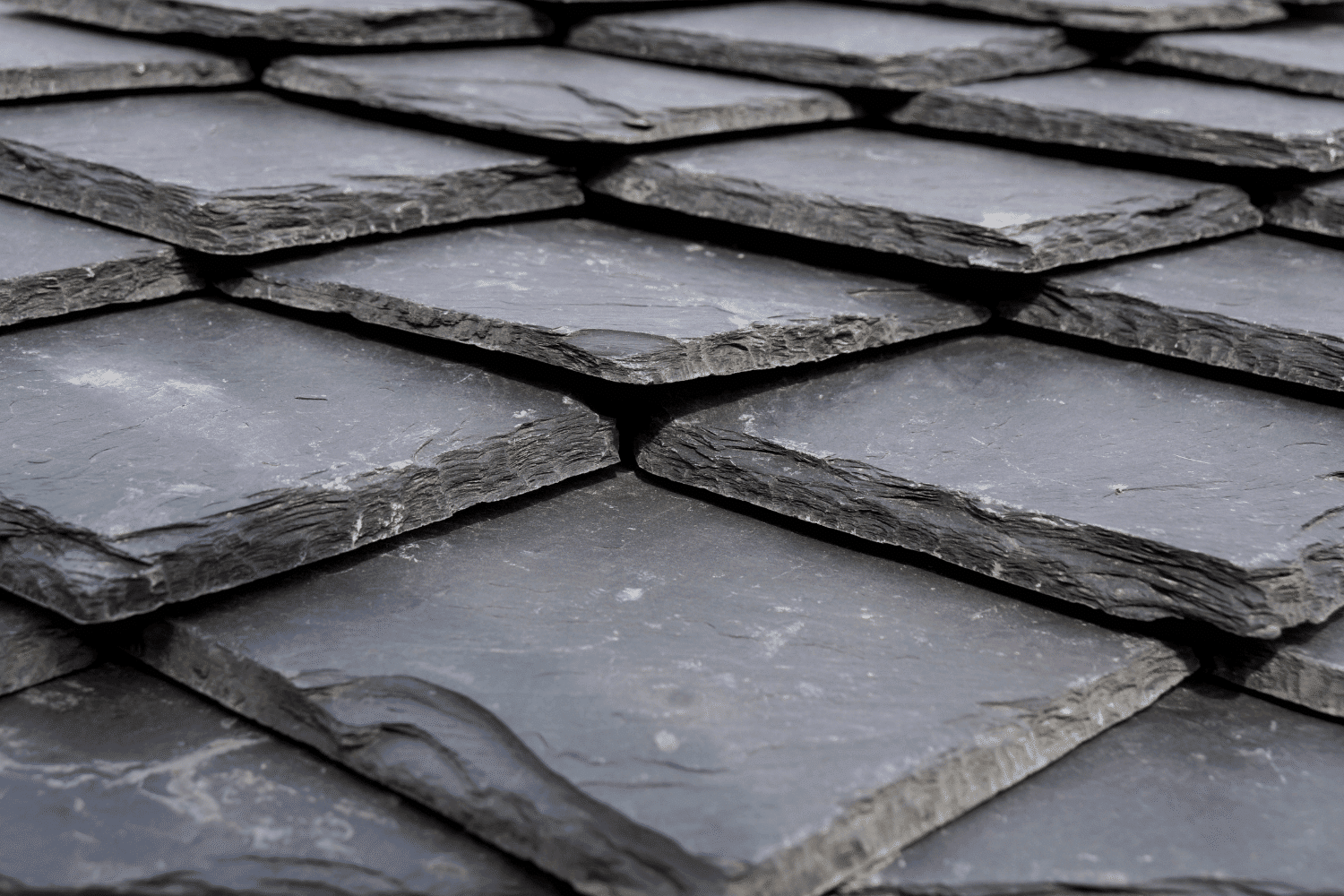
When it comes to luxury and longevity, nothing quite compares to a slate roof. As the most expensive roofing material available, slate is often associated with high-end homes and architectural elegance. However, due to its high material and installation costs, it may not be affordable for most homeowners.
Slate roofs not only enhance the visual appeal of properties but also offer impressive durability and longevity. The following subsections explore the benefits, installation requirements, and cost analysis of slate roofing in detail.
Benefits of Slate Roofing
Slate roofing stands out for its exceptional durability, withstanding harsh weather, mold, and fire. Its impressive lifespan, ranging from 50 to 200 years, far exceeds that of many other roofing materials. Additionally, slate roofing comes in various types and colors, adding unique aesthetic appeal and enhancing the architectural charm of any property.
Installation and Maintenance of Slate Roofs
Installing a slate roof requires specialized skills and tools, contributing to higher labor costs. Experienced contractors are necessary due to the material’s unique requirements. Homes not initially built to support the weight of slate may need structural modifications, adding to the overall cost. The roof pitch’s steepness can raise labor costs due to the complexity and danger involved.
Despite these challenges, the long-term benefits of slate roofing make it a worthwhile investment.
Cost Analysis of Slate Roofs
The cost of slate roofing typically ranges from $10 to $30 per square foot, with potential maximum costs reaching $30 or more. This translates to a total investment of $5,000 to $50,000 for an entire installation, factoring in labor costs which can vary significantly from $600 to $1,500 per square.
Overall, slate roofs can be at least four times more expensive than asphalt roofs, making them a premium choice for those seeking long-term value and aesthetic appeal.
Other High-End Roofing Materials
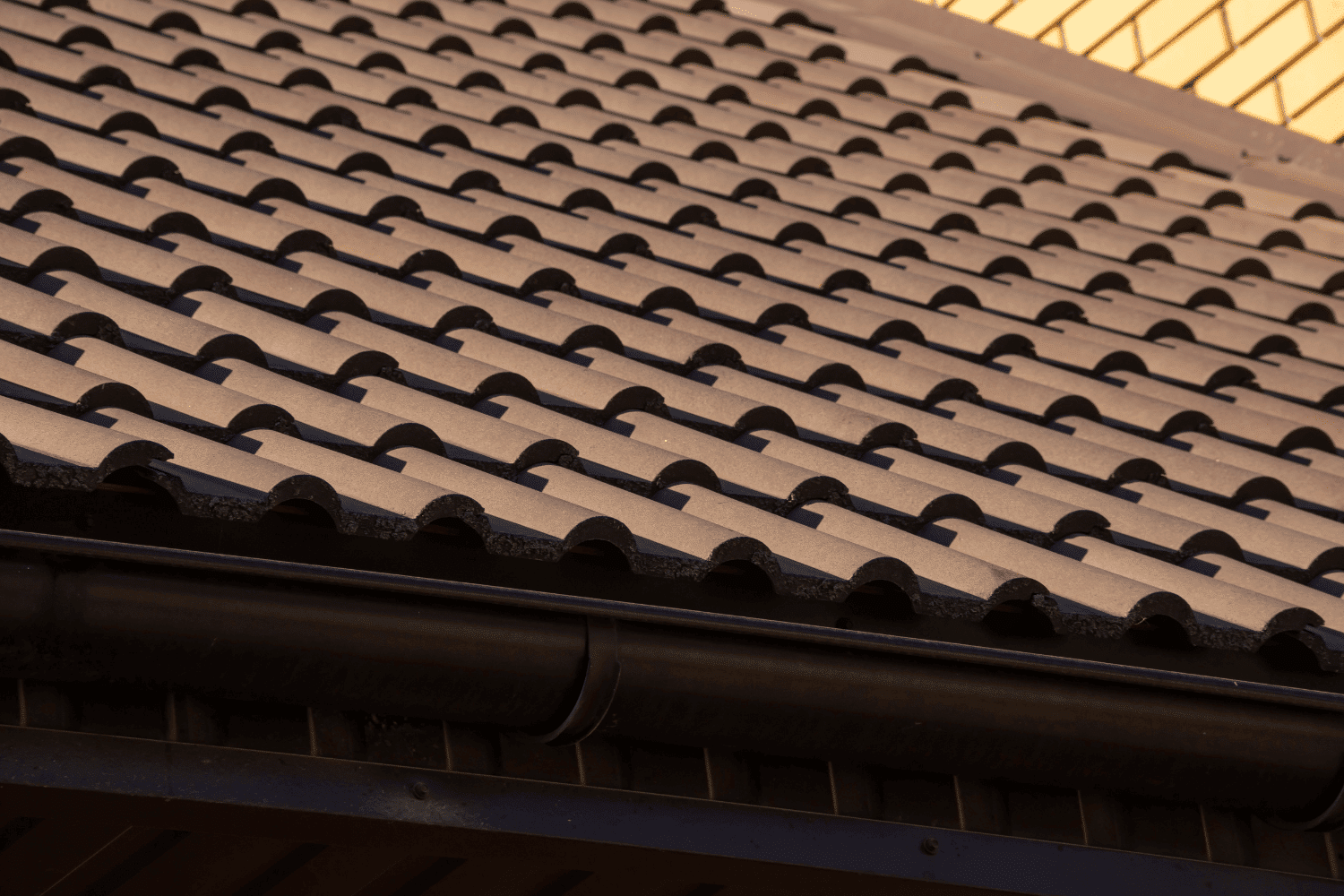
While slate roofs represent the pinnacle of luxury, other high-end popular roofing materials also offer a blend of durability and aesthetic appeal. Options like clay tiles, metal roofing, and wood shingles and shakes each have unique characteristics that make them suitable for different architectural styles and climates.
The benefits, costs, and considerations of these premium materials are explored in the following subsections.
Clay Tiles
Clay tiles are known for their durability and longevity, often lasting over a century. They are fire-resistant, providing an added safety advantage for homeowners. Clay tiles are particularly favored in hot climates due to their resistance to salt air and extreme temperatures.
The cost range for clay tiles is between $7.80 to $14.05 per square foot, making them a premium roofing option. However, their heavy material requires additional structural support, which can influence installation costs.
Metal Roofing
Metal roofing, including options like aluminum shingles, zinc, and copper, offers a lifespan of 70 to 100 years. Metal shingles and shakes have a lifespan ranging from 30 to 50 years. This durability sets them apart from many other roofing materials. Standing seam metal roofing is typically priced between $10 and $16 per square foot.
While a metal roof can resemble traditional materials like asphalt shingles or wood shakes, it’s important to consider potential rust issues with some metal materials. Overall, metal roofing provides a durable and aesthetically pleasing option for homeowners.
Wood Shingles and Shakes
Wood shingles and shakes, made from materials like cedar, redwood, and pine, offer a natural and rustic aesthetic appeal. Cedar shakes are regarded as a more expensive option, with costs ranging from $5 to $18 per square foot depending on the complexity of the installation.
However, wood roofs have limitations, such as less longevity in moist conditions and being a poor choice in wildfire-prone areas. Regular maintenance is crucial to ensure their longevity.
Why Choose Expensive Roofing Materials?
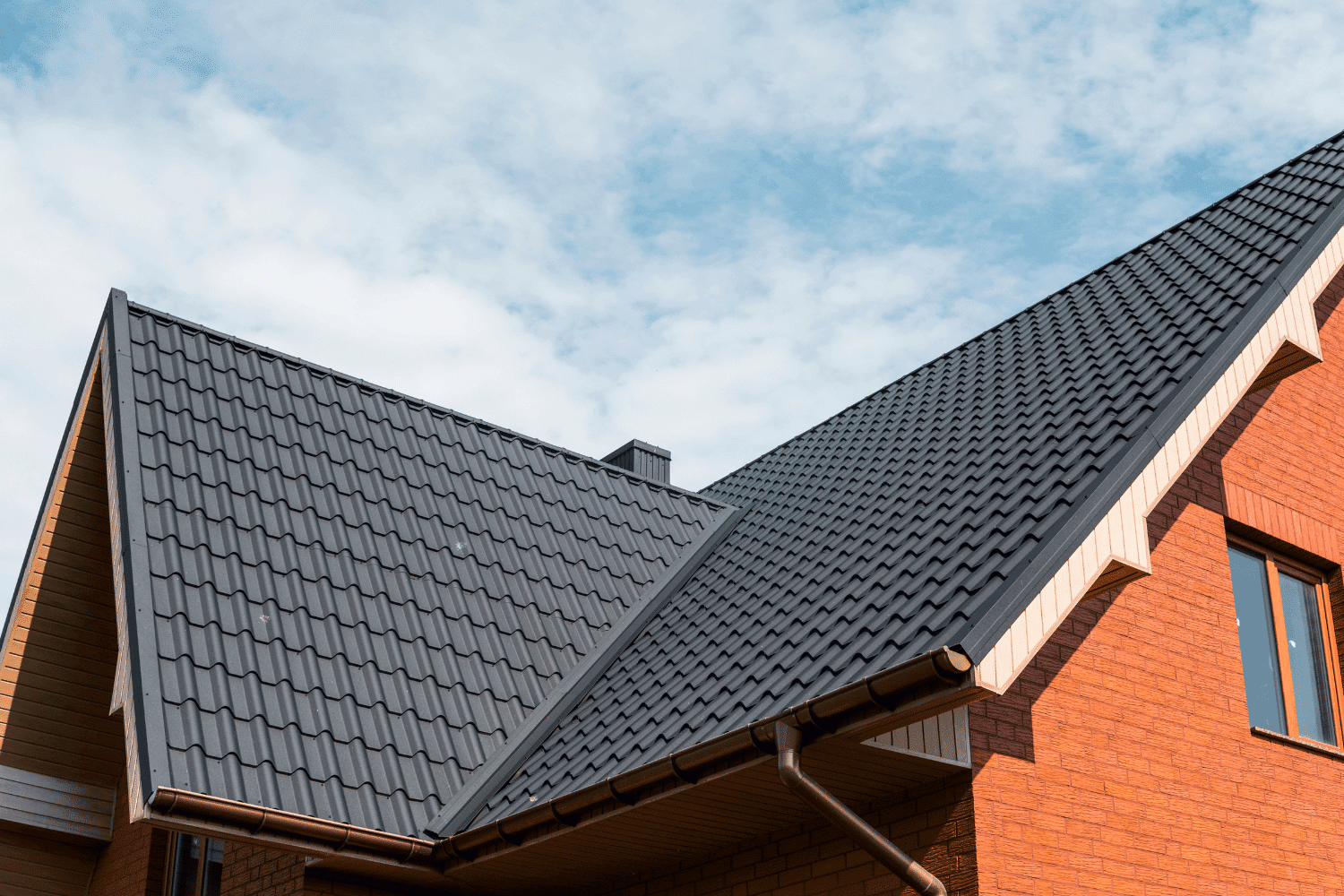
Opting for expensive roofing materials can offer significant long-term benefits. While the initial investment may be higher, the long-term savings, aesthetic appeal, and potential return on investment make it a wise choice for many homeowners.
The specific advantages of choosing high-cost roofing materials are covered in the following subsections.
Longevity and Durability
Slate roofs are known for their low maintenance requirements and long lifespan, often lasting over a century. Metal roofing, though more expensive upfront, offers a long lifespan and can be more cost-effective in the long run.
Investing in high-cost roofing can lead to lower maintenance expenses and better protection against severe weather conditions. Additionally, premium roofing materials can improve home energy efficiency, leading to lower utility bills.
Aesthetic Appeal
The unique visual appeal of slate tiles can significantly enhance a home’s market value and curb appeal. High-end roofing materials like slate beautify a home and increase its market value.
The aesthetic appeal of roofing materials plays a crucial role in the overall appearance of a home.
Return on Investment
High-quality roofing materials enhance property value and reduce long-term maintenance costs. They can increase a property’s market attractiveness, thus improving resale opportunities. Roof replacement can affect property value, home insurance premiums, and energy efficiency.
Additionally, solar shingles can potentially increase home value by $15,000 or more.
Financing Your High-End Roof Replacement

Financing a high-end roof replacement requires careful planning and consideration. Due to the significant impact on your overall budget, it’s essential to explore available financing options, understand insurance considerations, and ensure comprehensive warranties and guarantees.
These aspects are discussed in detail in the following subsections.
Payment Plans and Loans
Financing options for a new roof include flexible programs offered by companies like Rapid Roofing. Roof loans typically range from $1,000 to $100,000 with repayment terms from two to seven years. Many lenders offer fast funding for roof loans, sometimes within the same or next day after approval.
Insurance Considerations
Understanding insurance coverage for roof damage is crucial for homeowners to avoid unexpected out-of-pocket expenses. Consulting your insurance agent before filing a claim for roof replacement is advisable. Homeowners should verify whether roof damage from a storm is covered by their insurance policy.
Rapid Roofing is experienced in handling insurance claims and offers a free roof inspection to assess potential damage.
Warranty and Guarantees
Roofing warranties generally fall into three main categories: standard manufacturer warranties, workmanship warranties from contractors, and extended manufacturer warranties. Manufacturer warranties typically cover defective materials but often exclude issues related to improper installation.
Workmanship warranties provided by contractors usually cover labor and materials needed for repairs due to installation errors. Extended warranties can offer comprehensive coverage, including labor costs and protection against installation mistakes if the roofing system is installed by certified contractors.
Choosing the Right Contractor for High-End Roofing
Selecting the right contractor for high-end roofing projects is crucial to ensure quality and reliability. Experience and credentials play a vital role in the successful installation of premium roofing materials.
The importance of experience, vetting contractors, and obtaining accurate quotes is discussed in the following subsections.
Importance of Experience
Contractors with extensive experience are less likely to make errors that could compromise roof performance. Experienced contractors are better equipped to handle various challenges and ensure high-quality work. They stay updated on the latest roofing technologies and industry best practices.
Hiring experienced contractors for high-cost roofing projects ensures both quality and reliability.
Vetting Contractors
Verifying a roofing contractor’s credentials and track record is essential when making a selection. Using a licensed contractor is crucial, as it ensures compliance with building codes and can prevent voiding your roof or home warranty. You can verify a contractor’s license through the Contractors State License Board site.
Reading customer reviews and checking licensure helps ensure a high-quality outcome. Reliable roofers can be found by visiting websites, contacting customer service, or checking local listings and reviews.
Getting Accurate Quotes
Obtaining accurate quotes is a critical step in planning your roofing project. Quotes should include a detailed breakdown of materials, labor, and timeframes for transparency. Clarifying any additional costs that might arise during the roofing project is also essential.
By obtaining multiple estimates, you encourage contractors to provide detailed bids and avoid overcharging.
Summary
Choosing to invest in high-end roofing materials can significantly enhance your property’s aesthetic appeal, durability, and overall value. From the timeless elegance of slate roofs to the robust longevity of metal roofing and the classic charm of wood shingles and shakes, each material offers unique benefits. While the initial costs may be higher, the long-term savings, reduced maintenance costs, and increased property value make these materials a wise investment. By carefully selecting the right contractor and exploring financing options, you can ensure a smooth and successful roofing upgrade that stands the test of time.
Frequently Asked Questions
Why should I consider expensive roofing materials over cheaper options?
Expensive roofing materials provide superior durability, enhanced aesthetic value, and potential savings on maintenance and energy costs, making them a wise investment for the long term. Choosing higher-quality materials can ultimately lead to greater satisfaction and lower total expenses over time.
How do slate roofs compare to other high-end roofing materials in terms of cost?
Slate roofs are among the most costly roofing materials, priced between $10 to $30 per square foot, significantly outpacing alternatives like asphalt shingles and metal roofing. Consequently, they are best suited for those willing to invest in high-quality building materials.
What financing options are available for high-end roof replacements?
High-end roof replacements can be financed through loans ranging from $1,000 to $100,000 with repayment terms of two to seven years, along with flexible programs provided by various roofing companies. These options enable homeowners to manage the cost effectively.
What should I look for in a roofing contractor for a high-end roofing project?
For a high-end roofing project, prioritize contractors with extensive experience, verified credentials, and positive customer reviews. Additionally, ensure they are licensed and offer detailed quotes.
Are there any specific maintenance requirements for high-end roofing materials?
High-end roofing materials do have specific maintenance requirements; for instance, slate roofs require minimal upkeep, whereas wood shingles and shakes necessitate regular maintenance, particularly in damp or fire-risk regions. Proper attention to these materials will enhance their longevity and performance.
